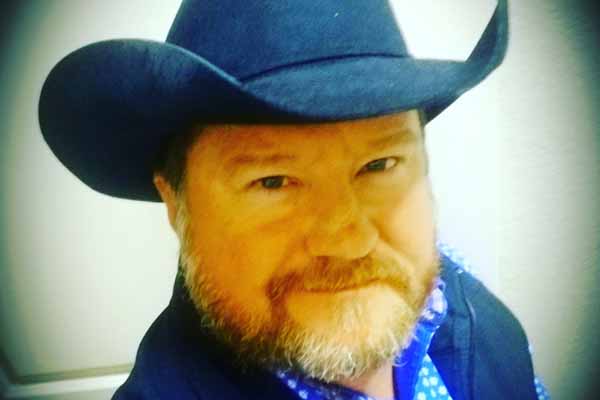
San Antonio resident Jimmie Hayden has a simple message you can share with recovered COVID-19 patients like him: Donate convalescent plasma at the local blood bank whenever possible.
While there are no scientifically proven treatments yet for the coronavirus, convalescent plasma is one of the most promising options.
Mr. Hayden’s message is personal because he was the first person in the San Antonio area to receive convalescent blood plasma to treat COVID-19. Until Thursday, he had not been able to donate because his recovery required taking blood thinners to get rid of blood clots. But his physician took him off those medications Thursday, and now he’s waiting for the local blood bank’s OK to donate.
“My donor obviously gave the gift of life, and I can’t wait to do the same thing,” he said.
Convalescent plasma has shown success against other respiratory viruses like Spanish flu and measles, according to the American Society of Hematology.
But it remains an experimental treatment for COVID-19, says pathologist Susan Rossmann, MD, chief medical officer at the Gulf Coast Regional Blood Center in Houston and chair of the Texas Medical Association’s Subcommittee on Transfusion and Transplantation. More research is needed to show that it is effective in treating the virus.
“The idea is that a person who has recovered from COVID-19 has antibodies [that fight the disease] in their system, there in the plasma,” Dr. Rossmann said. “So you can take plasma from these people and give it to people who need help fighting COVID.”
Mr. Hayden’s path to becoming a convalescent plasma recipient began March 25. The 47-year-old construction manager was inspecting some homes he was building when the mild cough and tiredness he’d been feeling for a couple of days cranked up to a new level.
“I felt like I’d just gotten hit by a truck,” he said. “I’ve had the flu several times and you know how you get that really tired body ache feeling? This was different. It was worse.”
By April 2, Mr. Hayden was in Methodist Hospital Stone Oak on a ventilator, and a week later, his physicians put him on convalescent plasma.
More than 48,000 COVID-19 patients in the U.S. have been treated so far using convalescent plasma, according to a July 30 report from the Trump administration, which has worked with blood centers to encourage donations nationally.
But there’s a problem: More plasma is needed, Dr. Rossman says.
This summer, South Texas Blood and Tissue Center, San Antonio’s blood bank, saw orders from local hospitals jump from 10 per day to more than 100 per day, spokesman Roger Ruiz said.
Also, only a fraction of potential donors have acted so far, Mr. Ruiz said. In part, this is because some – like Mr. Hayden – are still recovering from COVID-19. But more than 38,000 people in San Antonio have recovered from COVID-19, according to the city’s website, and just 1,384 have donated convalescent plasma at South Texas Blood and Tissue Center, he said.
Plasma donation takes about 45 minutes and is similar to donating blood. Blood bank criteria for donating can vary, but according to the U.S. Food and Drug Administration, donors should:
- Be 17 or older and weigh at least 110 pounds;
- Have a prior, verified diagnosis of COVID-19 but now be symptom free and fully recovered for at least 14 days; and
- Be in good health and generally feeling well, even if being treated for a chronic condition.
Donors can make one plasma donation a week, and each donation can yield two to four units of plasma, Dr. Rossmann says. Each recipient receives about one to two units of plasma in a typical treatment.
TMA has created a webpage on donating plasma that includes links to donation sites.
You can also find the latest news, resources, and government guidance on the coronavirus outbreak by visiting TMA’s COVID-19 Resource Center regularly.